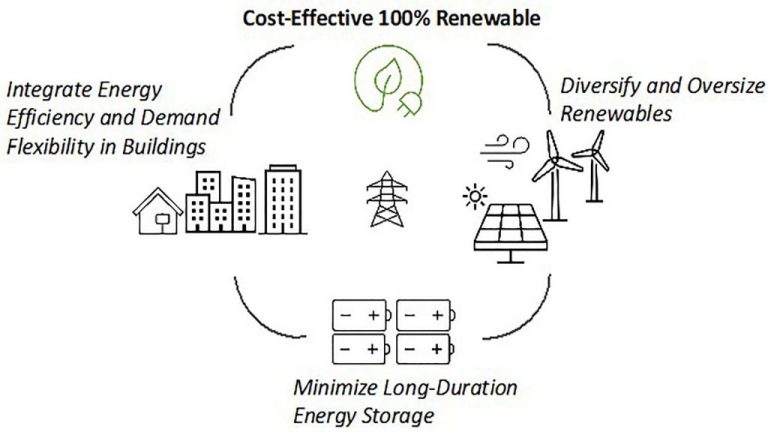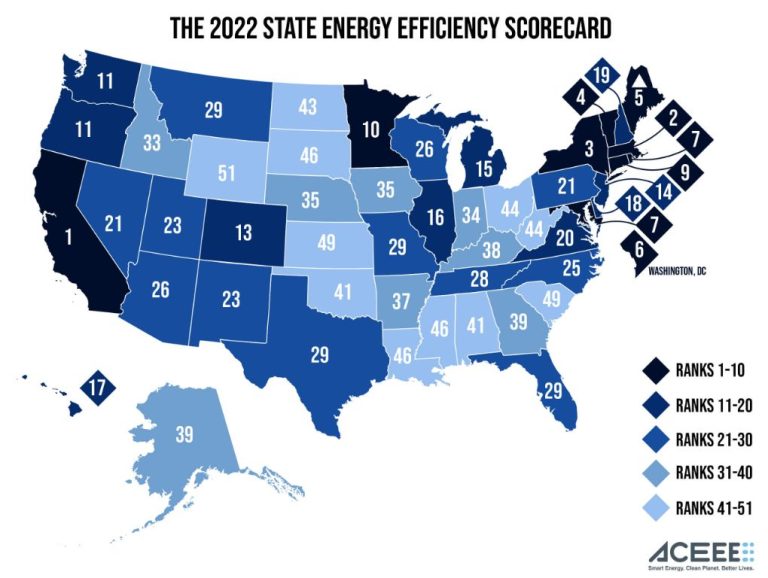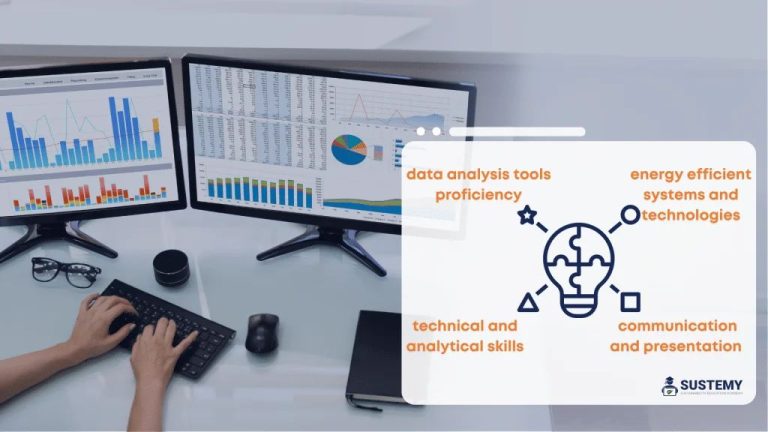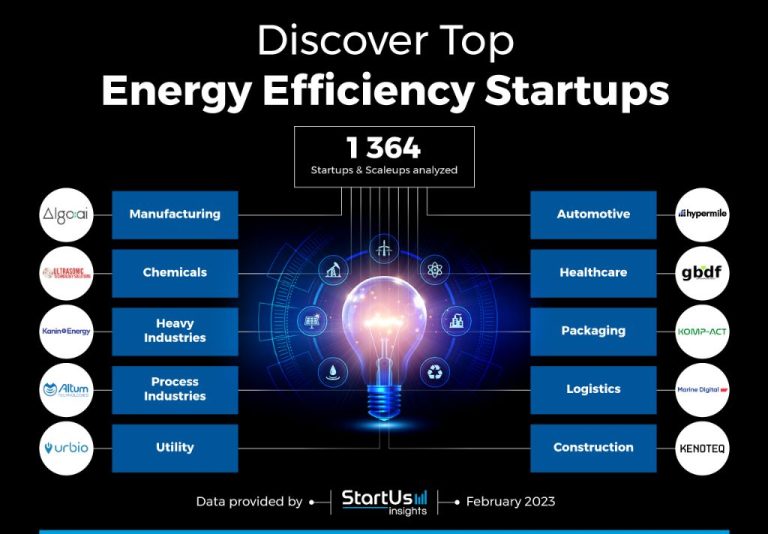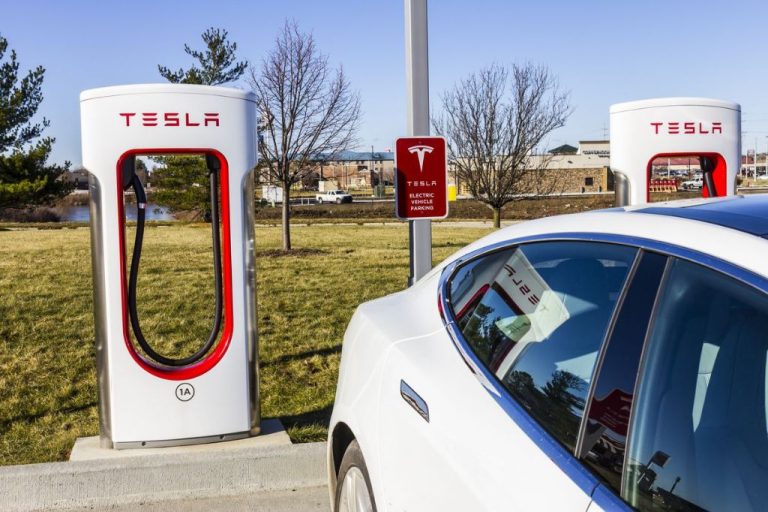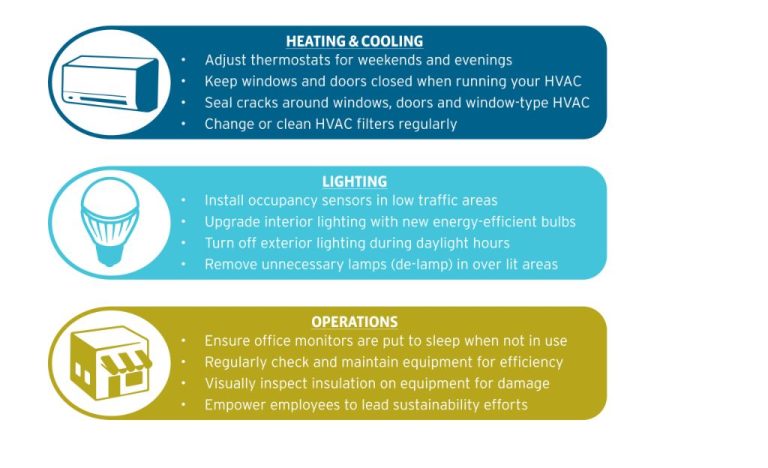How Do I Know If There’S A Power Cut In My Area?
Check Your Power Company’s Outage Map
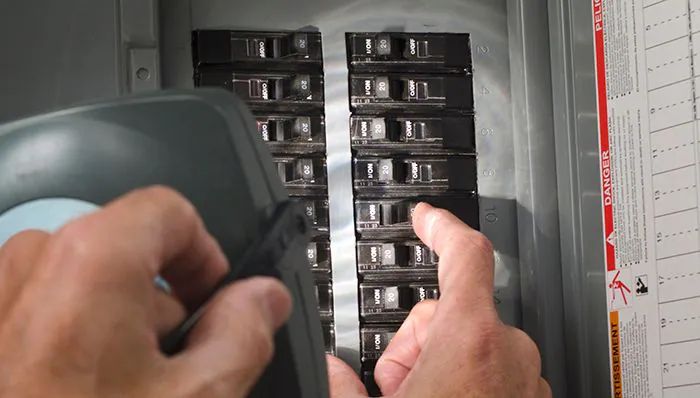
Most major power companies have outage maps on their websites that show current outages. Search for your utility company’s name + “outage map” to find it. For example, Duke Energy’s outage map can be found at https://www.duke-energy.com/outages/current-outages. Once you locate the map, zoom in on your area to see if you’re affected by an outage.
The outage map will show any reported outages in your vicinity. You’ll be able to see the general location and number of customers impacted. Keep in mind outage data is updated regularly, so the information is dynamic. Check back periodically for the latest outage details in your neighborhood.
If you do see an outage indicated around your address, there’s a good chance you’ve lost power. The map isn’t perfect, but it provides a solid indication. Just be aware that some smaller outages may not show up right away until customers report them.
Look Outside for Signs of an Outage
One of the quickest ways to check if you have a power outage is to simply look outside. Check to see if the street lights or your neighbors’ homes are dark. The absence of lights where there should be illumination is a strong sign of a power interruption in the area.
Also listen closely to hear if the normal hum of air conditioning units and other appliances suddenly goes silent. The lack of these ambient sounds that we often tune out can be an indicator of a power loss.
Examine any digital clocks you have to see if they have reset from an outage. Devices like microwaves and alarm clocks will normally reset to 12:00 when they lose power. If you spot the time at 12:00 after it had previously shown a different time, it’s likely you experienced an electricity disruption.
According to a 2019 study, looking for visual signs like darkened homes or reset clocks was the most common way people recognized power outages before official notifications (Source: https://www.tandfonline.com/doi/full/10.1080/17538947.2018.1535000). By keeping an eye out around your home, you can quickly spot the telltale signs of a power cut.
Try Using Electric Devices in Your Home
One of the easiest ways to check if you have a power outage is to simply try using electric devices in your home. Start by flipping light switches in several rooms to see if the lights turn on – if not, it’s likely you’ve lost power. You can also check if outlets have power by plugging in a phone charger or other small appliance and seeing if it turns on. If your home has electric water pumps, turn on some faucets to confirm if you have running water or not. According to research by FEMA, 82% of people living in power outage prone areas have not tested how they will communicate during an outage.
Trying out multiple electric devices throughout your home is the quickest way to determine if you’re experiencing a wider outage versus something like a tripped breaker affecting only part of your home. Don’t forget to check if your garage door opener, electric stove/oven, and other major appliances are still working too. Actively testing appliances and lights is the best confirmation that power is out versus just assuming based on dark rooms.
Check Your Home’s Breaker Box
When power goes out in your home, one of the first things to check is your home’s electrical breaker box or fuse box. This box is typically located in the basement, garage, or utility area, and contains circuit breakers that control power to different parts of the home.
To check for a tripped breaker:
- Locate your breaker box and open the door.
- Look for switches that have tripped to the OFF position. The tripped breaker should be in the center position or point to OFF.
- Flip any tripped breakers fully OFF and then ON again to reset them. This should restore power.
If a circuit breaker trips repeatedly, it likely signals an overloaded circuit or other electrical issue in your home wiring or devices. Breakers trip to prevent overheating and fires. If resetting a breaker doesn’t restore power, you may have a bigger problem and will need an electrician to diagnose.
Partial outages where some lights or outlets work while others are dead can also point to a tripped breaker. Check for a tripped breaker powering only part of your circuits. A power surge after an outage can trip multiple breakers as well.
Having no power at all, however, likely means a larger outage affecting your neighborhood or area. Contact your utility company in that case.
Contact Your Electric Company
One of the quickest ways to find out if there is a power outage in your area is to call your local electric company or utility provider. Most major utility companies have 24/7 customer service lines you can call to inquire about outages or report an outage.
Utility companies also often post real-time outage maps and updates on their websites and social media pages. Checking your electric company’s website or Twitter/Facebook feed can provide information on known outages in your area, estimates for when power may be restored, and updates on outage restoration efforts.
According to the White House, over 90% of U.S. customers experienced a power disruption in 2020, with an average restoration time of 8 hours (source). Contacting your utility provider directly can give you the most accurate and up-to-date information for your area during a suspected outage.
Check With Your Neighbors
Knocking on neighbors’ doors or chatting with them outside is a quick way to confirm if others are experiencing a power outage too. Ask those living nearby if their electricity is out as well (https://www.energy.gov/gdo/articles/keeping-lights-our-neighborhoods-during-power-outages). This can help you determine if the outage is isolated to your home or more widespread across the area. See if any neighbors have already called the electric company to report the issue. Knowing whether they have contacted the utility provider gives you an idea of how many outage reports they’ve likely received. If multiple people on the block have no power, chances are good the electric company is already aware of the situation.
Look For Repair Crews
Go outside and check the area for utility trucks. The presence of repair crews indicates they’re working on an outage. Power companies often dispatch crews when outages are reported to investigate and make repairs. If you see utility trucks in your neighborhood, it’s a sign that the power company is aware of the outage and is actively working to restore power.
Seeing repair crews is a positive indication that the issue has been identified and help is on the way. The crews are trained to safely handle downed power lines, replace broken equipment, and get electricity flowing again. However, it still may take some time for them to fully resolve the problem, especially if extensive repairs are needed. Be patient and try to stay out of their way as they work.
Monitor Social Media
Search Twitter or Facebook for posts about power losses in your area. During widespread outages, many people will take to social media to post updates or see if others are experiencing issues. Look for tweets or posts from your local electric company’s handle for official outage updates. You can also search by location or hashtag to find real-time, crowd-sourced outage reports.
Local police and fire departments may also post outage updates on their social media pages, so check their feeds as well. Monitoring social media platforms like Twitter and Facebook can provide a useful pulse on outages happening across neighborhoods and cities. Just remember that not everything posted may be accurate, so validate important information against official sources when possible.[1]
Use a Power Outage App
One easy way to check if there’s an outage in your area is to download a power outage app like Outage Tracker. These types of apps show power outages on a map based on data from electricity providers. With the app, you can quickly view any current outages in your neighborhood.
The key benefit of using an outage app is that you can enable push notifications. This allows the app to send you alerts as soon as a new outage is reported in your area. By enabling notifications, you don’t have to constantly check the app to stay updated.
According to app analytics, power outage apps like EskomSePush have millions of active users. During major blackouts, these apps provide a useful service by keeping people informed.
Be Patient and Conserve Power
Power outages often get fixed within a few hours, but can sometimes take longer depending on the scale of the outage. According to the U.S. Energy Information Administration, U.S. electricity customers experienced an average of 5.8 hours without power in 2018.
While you wait for electricity to be restored, it’s important to conserve power. Unplug devices and avoid opening refrigerators and freezers as much as possible. The less you open the doors, the longer food will stay cold. According to the Department of Energy, a full freezer will keep everything frozen for about 48 hours if the door stays closed. Try not to use a gas stove to limit the draw on your home’s gas system.
Restoring power after an outage is a complex process that utility crews work diligently to complete as safely and quickly as possible. Be patient, conserve power, and wait for updates from your utility provider.

